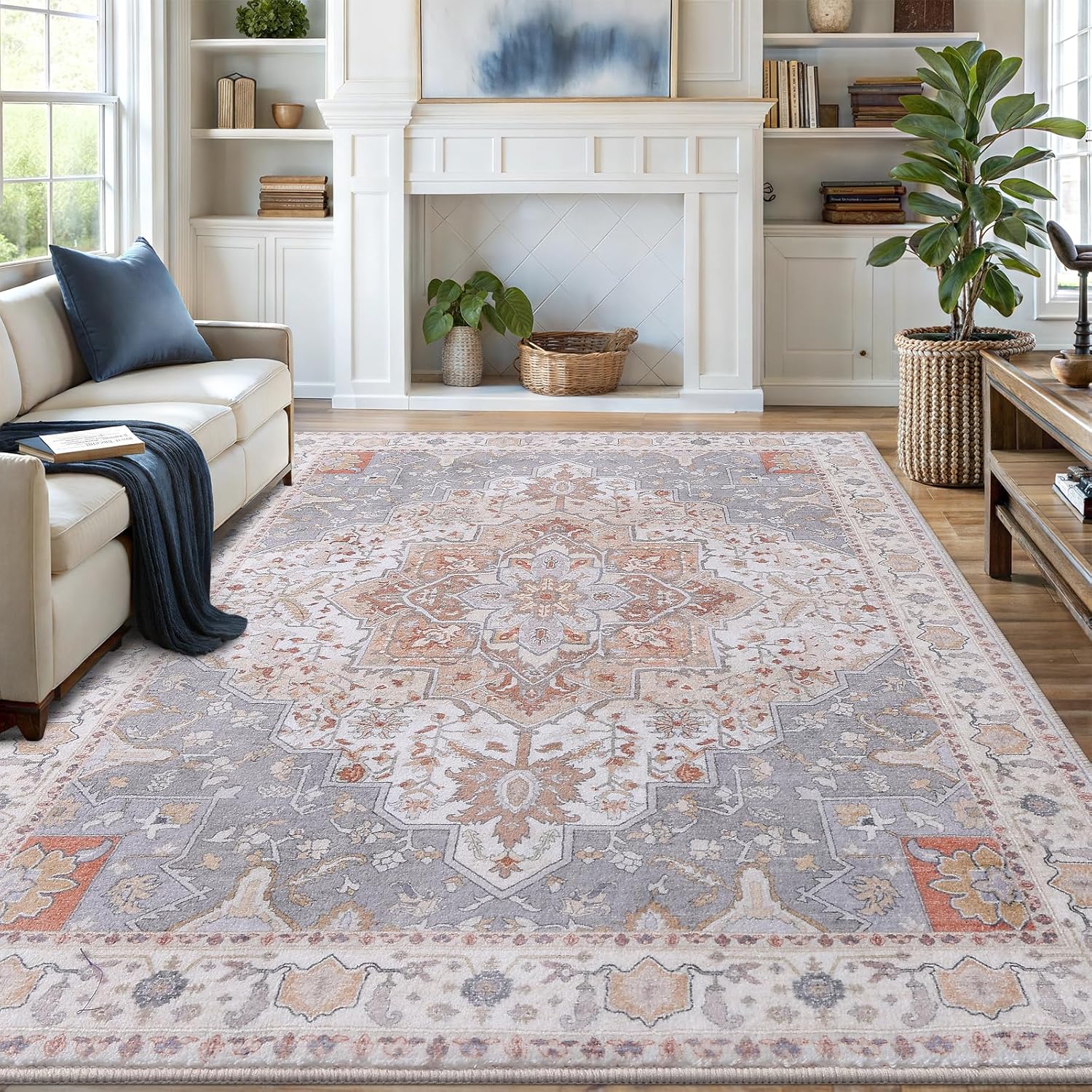To clean pet food and water bowls properly, use hot, soapy water or a pet-safe disinfectant, rinsing thoroughly to remove all residues.
Keeping your pet’s food and water bowls clean is essential for their health. Dirty bowls can harbor harmful bacteria that cause illness. Follow these expert tips to maintain hygienic feeding areas.

Why Cleaning Pet Bowls Matters
Pet bowls rank among the most germ-infested household items. A NSF International study found pet bowls contain more bacteria than toilet seats. Left uncleaned, they can spread:
- Salmonella
- E. coli
- Staphylococcus
- Mold and yeast
Regular cleaning prevents biofilm – a slimy layer of bacteria that forms on bowl surfaces. This buildup can cause skin infections around your pet’s mouth and digestive issues.

Daily Cleaning Routine
Step 1: Wash After Every Meal
Use hot, soapy water (at least 140°F) and scrub thoroughly. For tough residue, try our recommended gentle dish soap that’s pet-safe.
Step 2: Rinse Completely
Residual soap can upset your pet’s stomach. Rinse under running water for at least 30 seconds.
Step 3: Air Dry Upside Down
Place bowls on a clean rack to dry completely before refilling. Moisture encourages bacterial growth.
Weekly Deep Cleaning
Disinfection Methods
| Method | How To | Best For |
|---|---|---|
| Vinegar Solution | 1:1 vinegar and water, soak 10 minutes | All bowl types |
| Bleach Solution | 1 tbsp bleach per gallon water, soak 2 minutes | Non-porous materials only |
| Dishwasher | High heat cycle with pet-safe detergent | Stainless steel, ceramic |
Special Care for Different Materials
Stainless Steel Bowls
Most durable option. Can withstand all cleaning methods. Check for scratches where bacteria can hide.
Ceramic Bowls
Avoid abrasive cleaners that damage glaze. Use our recommended organic cleaners for gentle yet effective cleaning.
Plastic Bowls
Replace if scratched. Porous surface harbors bacteria even after cleaning.
Additional Tips
- Use separate sponges for pet and human dishes
- Clean water bowls at least twice daily
- Wash placemats with bowls
- Replace old, damaged bowls immediately
According to AVMA guidelines, proper bowl hygiene reduces pet illness by up to 60%. Establish a consistent cleaning routine to keep your furry friend healthy.

